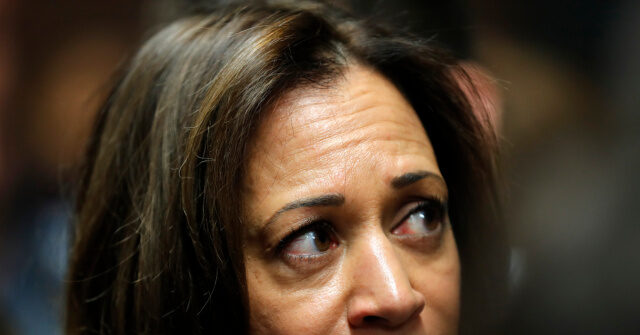The current presidential election cycle is witnessing a notable decline in early voting and requests for mail-in ballots compared to the 2020 election cycle, as reported by political analyst John Couvillon. Prominent observers, including Henry Olsen of the Ethics and Public Policy Center, have highlighted that early voting levels are falling significantly short of expectations, indicating a potential shift in voter engagement patterns. As of Thursday, Couvillon reported that only 4.2 million Americans had cast their votes early, which represents a staggering 45 percent decrease compared to the same timeframe in the previous presidential election, during which Joe Biden and Donald Trump were the primary candidates.
In Virginia, for example, early in-person voting has seen a modest decline of about four percent, with 459,000 voters participating thus far. However, the drop in mail-in ballot requests is even more pronounced. According to Couvillon’s data, states that do not automatically mail ballots to voters have seen a substantial reduction of 58 percent in mail-in ballot requests when compared to 2020. This trend is particularly evident in swing states like Georgia and North Carolina, where requests for mail-in ballots have plummeted by 84 percent and 75 percent, respectively. The data suggests that voters in these regions are increasingly preferring to wait until Election Day to cast their votes in person, aligning with the increased availability of in-person early voting options.
The evident decline in mail-in voting requests raises questions about voter preferences and motivations, especially when considering the backdrop of the coronavirus pandemic that previously drove many to opt for mail-in voting. Olsen noted that these statistics present a challenge for those interpreting the results positively for Vice President Kamala Harris, emphasizing the importance of cautious analysis. These trends might indicate that voters are more comfortable with in-person voting now that the option is widely available, suggesting a return to traditional voting habits compared to the unprecedented levels of mail-in voting experienced in 2020.
Despite the challenges posed by reduced early voting and mail-in ballot requests, both major candidates still have significant time to influence the outcome of the election. Olsen suggested that the current data highlights an opportunity for both candidates to ramp up their campaign efforts through effective messaging and tactical approaches. The campaign landscape remains fluid, and the declining early voting figures indicate that candidates can still make a substantial impact in the waning days of the election cycle.
The lack of enthusiasm for early voting and mail-in ballots could also lead analysts to reconsider strategies surrounding voter mobilization. While the lower numbers might be concerning, it’s crucial to recognize that Election Day itself remains a significant opportunity for voter turnout. In response to the findings, political strategists and candidates alike might need to reassess their engagement strategies to ensure they are effectively reaching their constituencies. Rather than relying on early voting trends, they may opt to focus their resources on mobilizing voters for the final push leading up to Election Day.
In summary, the early voting and mail-in ballot patterns observed during this election cycle starkly contrast those of the 2020 presidential race. While the lower participation rates pose challenges for both Democratic and Republican candidates, they underscore the dynamic nature of electoral politics and the shifting attitudes of the electorate. As candidates navigate this uncertain landscape, the focus on traditional in-person voting methods suggests a need for strategic adjustments and robust campaign efforts as Election Day approaches.

